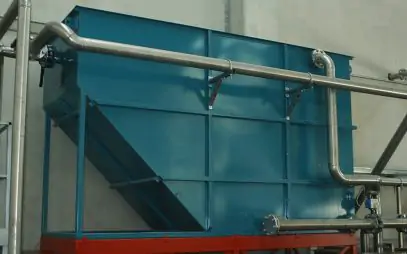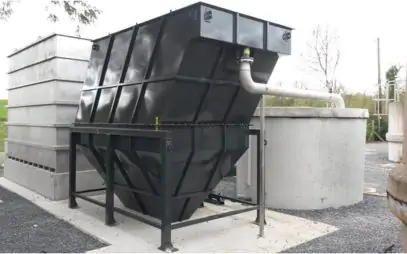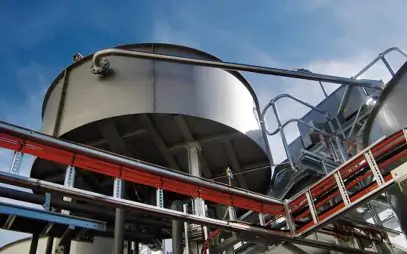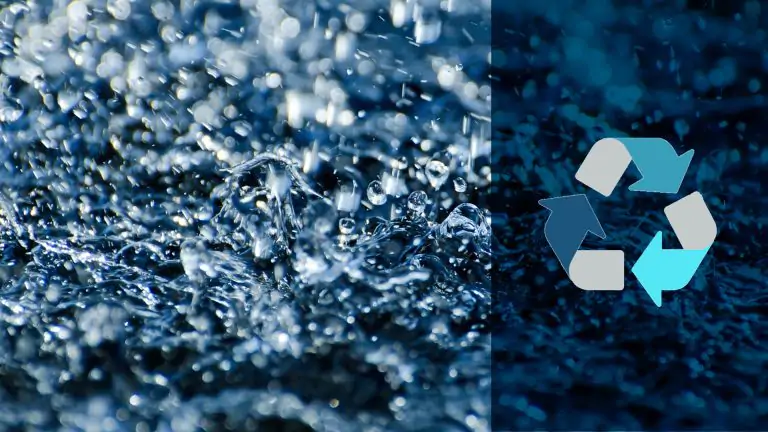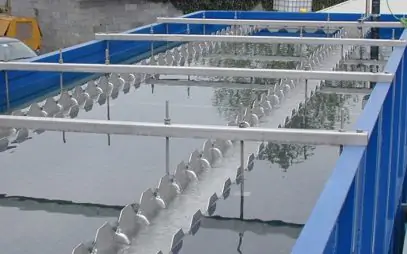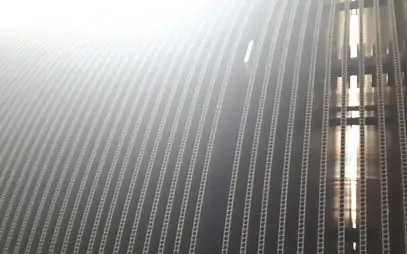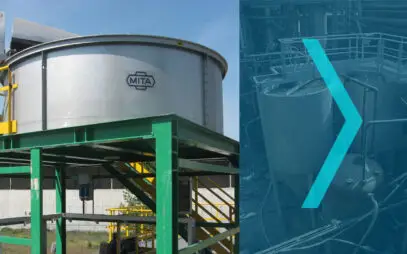Useful processes for the reuse of stormwater
There are two main steps for the reuse of first rainwater.
- Collection of first rainwater: this can be done through different systems, such as catch basins, collection channels, and gutters.
- First rainwater treatment: depuration can leverage different types of purification, depending on the quality and quantity of the effluent to be treated.
It is important to note that the choice of the most appropriate collection and treatment processes must be made with a number of factors in mind.
- Amount of stormwater to be collected. This determines the sizing and capacity of the collection system.
- Quality of first rainwater. As with all other types of wastewater, treatment systems are determined by a number of parameters: total suspended solids, BOD/COD values, oils and fats present, phosphorus, nitrogen.
- Specific reuse needs: specific reuse needs, such as water destination, determine the most appropriate process and technology.
That said, some examples of useful processes for the collection and reuse of stormwater include: de-oiling, settling, liquid chemistry, phytodepuration, and final filtration.
